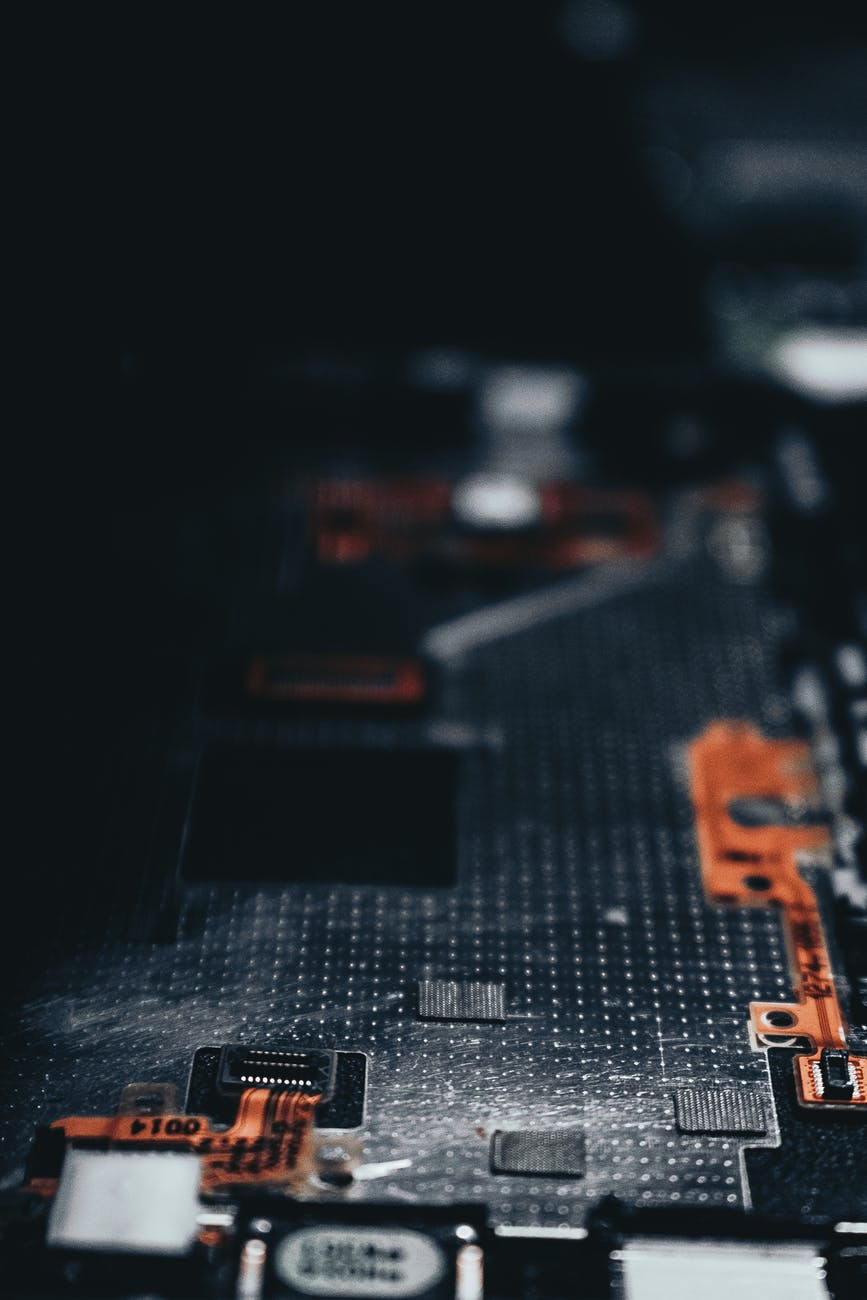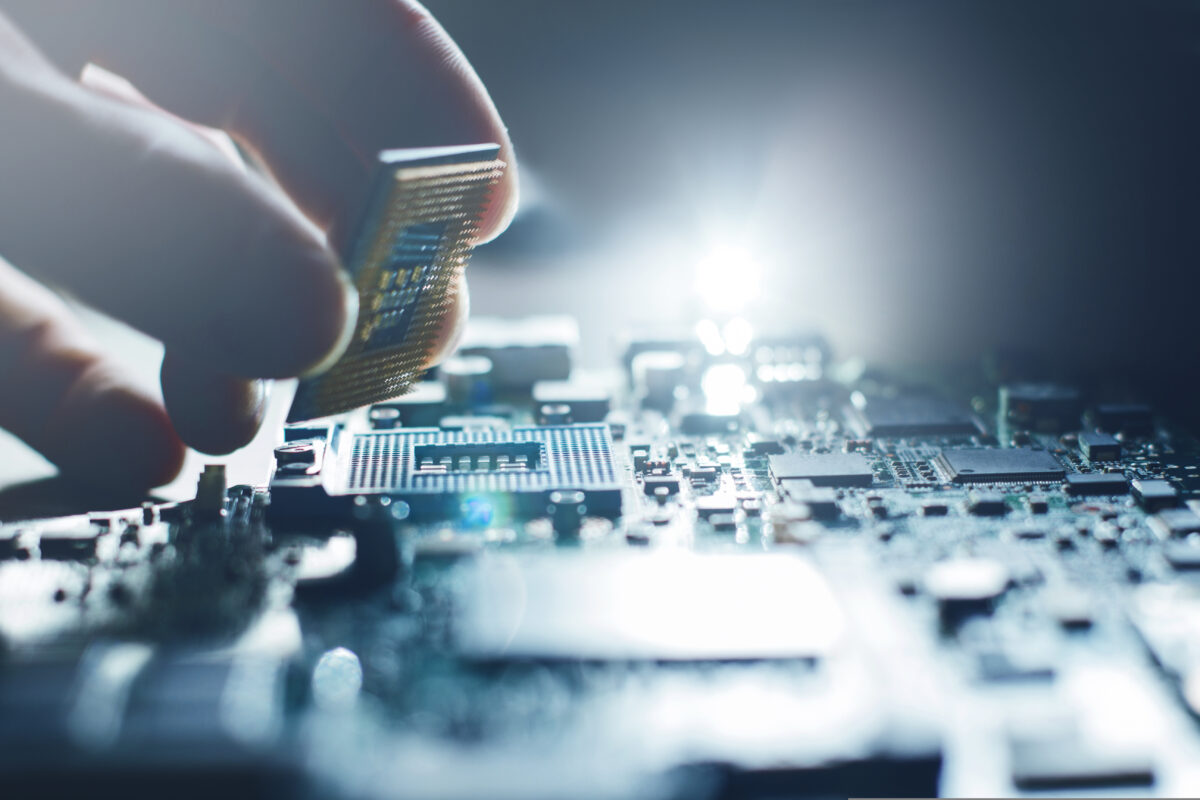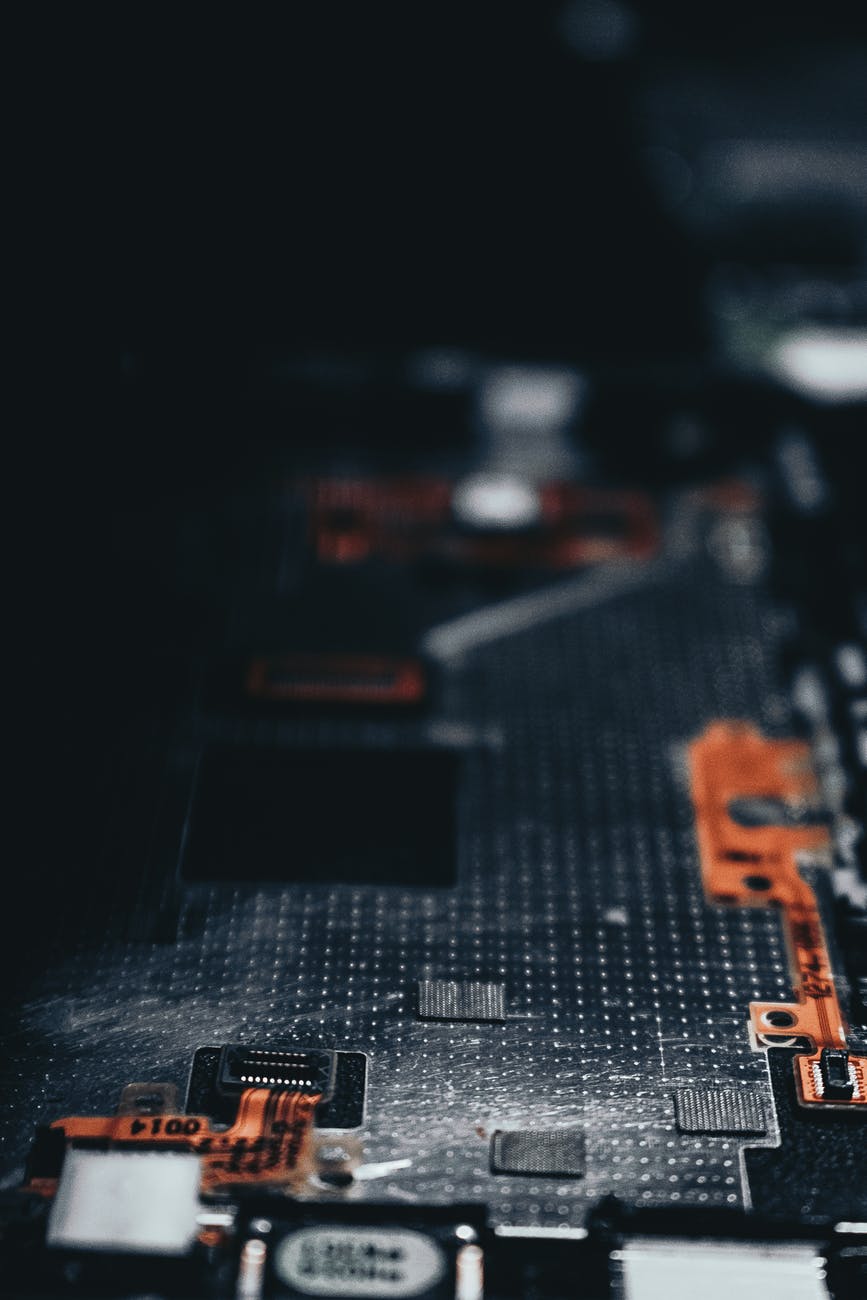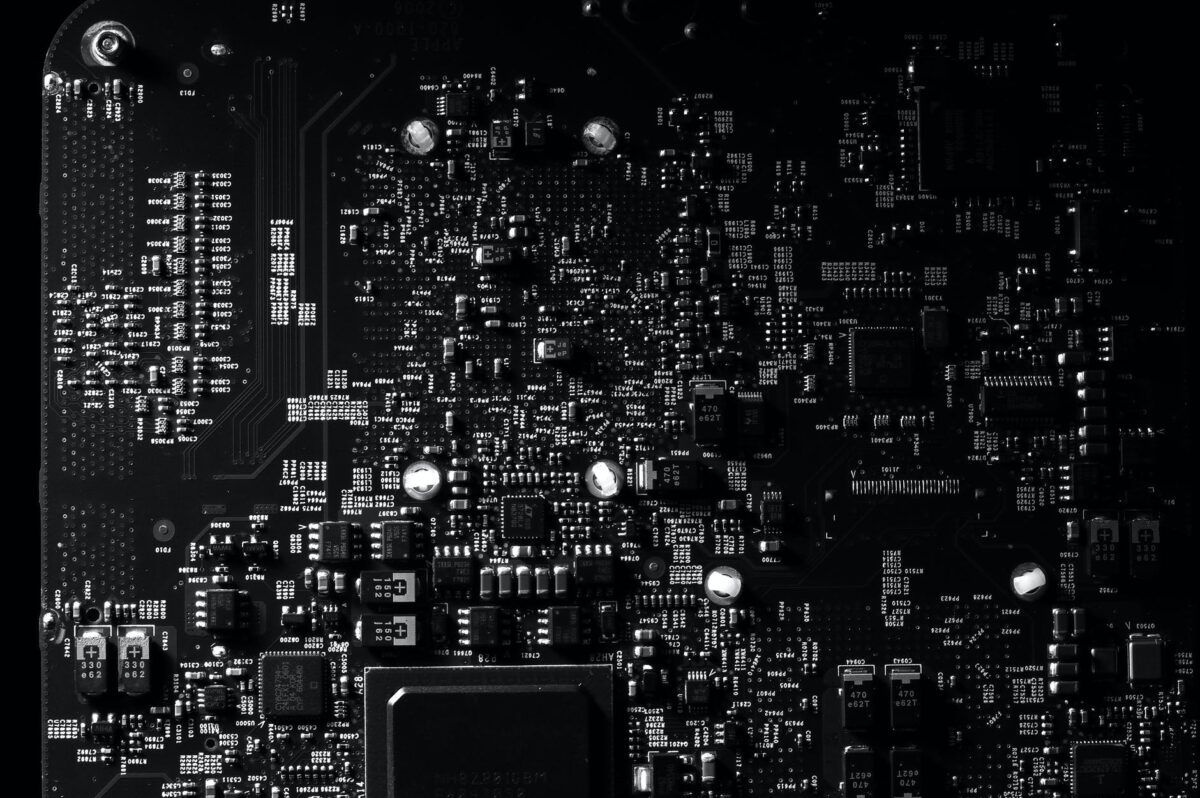New construction of the smallest microchips using graphene nano-origami
Material science and clever engineering have cut the space between components on microchips to nanometres. This has led to significant performance benefits because more components can fit on the chip.
However, there is a limit to how small things can go with the current chip design. 7nm is as small as chips will go from here based on existing technology. Why? Because 7nm is the gap between components on a chip. This space is tiny. Going smaller isn’t feasible because we’re working with spaces that are too small.
It’s also incredibly expensive. Prototyping a 7nm chip costs around £80 million and there are only a handful of companies that can do it.
Graphene ‘nano-origami’ to the rescue
Graphene is a nanomaterial one atom thick. It has been talked about as a revolutionary material for over a decade and now experimental researchers have used it to develop the world’s tiniest microchips using a form of ‘nano-origami’.
The world’s tiniest microchips are 100 times smaller than silicon chips and thousands of times faster. The way they work is instead of having transistors on them, the graphene has kinks in the structure and these kinks act as the transistors.
On this breakthrough, Prof Alan Dalton in the School of Mathematical and Physics Sciences at the University of Sussex, said:
“We’re mechanically creating kinks in a layer of graphene. It’s a bit like nano-origami. Using these nanomaterials will make our computer chips smaller and faster.
It is absolutely critical that this happens as computer manufacturers are now at the limit of what they can do with traditional semiconducting technology. Ultimately, this will make our computers and phones thousands of times faster in the future.”
Is graphene the future of microchips?
Researchers are calling this breakthrough nano-origami technology “straintronics”. It uses nanomaterials as opposed to electronics, eliminating the need for electronic components on the chip. This makes the chips 100 times smaller.
Another benefit to graphene microchips is speed. Graphene conducts electricity 250 times faster than silicon. In fact, it conducts electricity faster than any known substance. It truly is a ‘space-age’ nanomaterial for today.
Instead of building microchips with foreign materials like transistors, researchers have shown another way of doing things. By creating kinks in graphene, structures can be made that replace electronic components including transistors and logic gates.
Another benefit to graphene nano-origami is sustainability. No additional materials are added during the manufacturing process. Production also takes place at room temperature as opposed to high temperature with silicon chips.
The truth is that silicon microchips cannot feasibly go below 7nm. The next step in performance evolution with silicon chips will come from heat management and power density. Graphene is smaller, faster and just as capable. The next step is for manufacturers to develop the technology and take it to market.
Overall, while the immediate future is silicon, we are in no doubt that graphene is the future of microchips. It has too many performance advantages to ignore.









